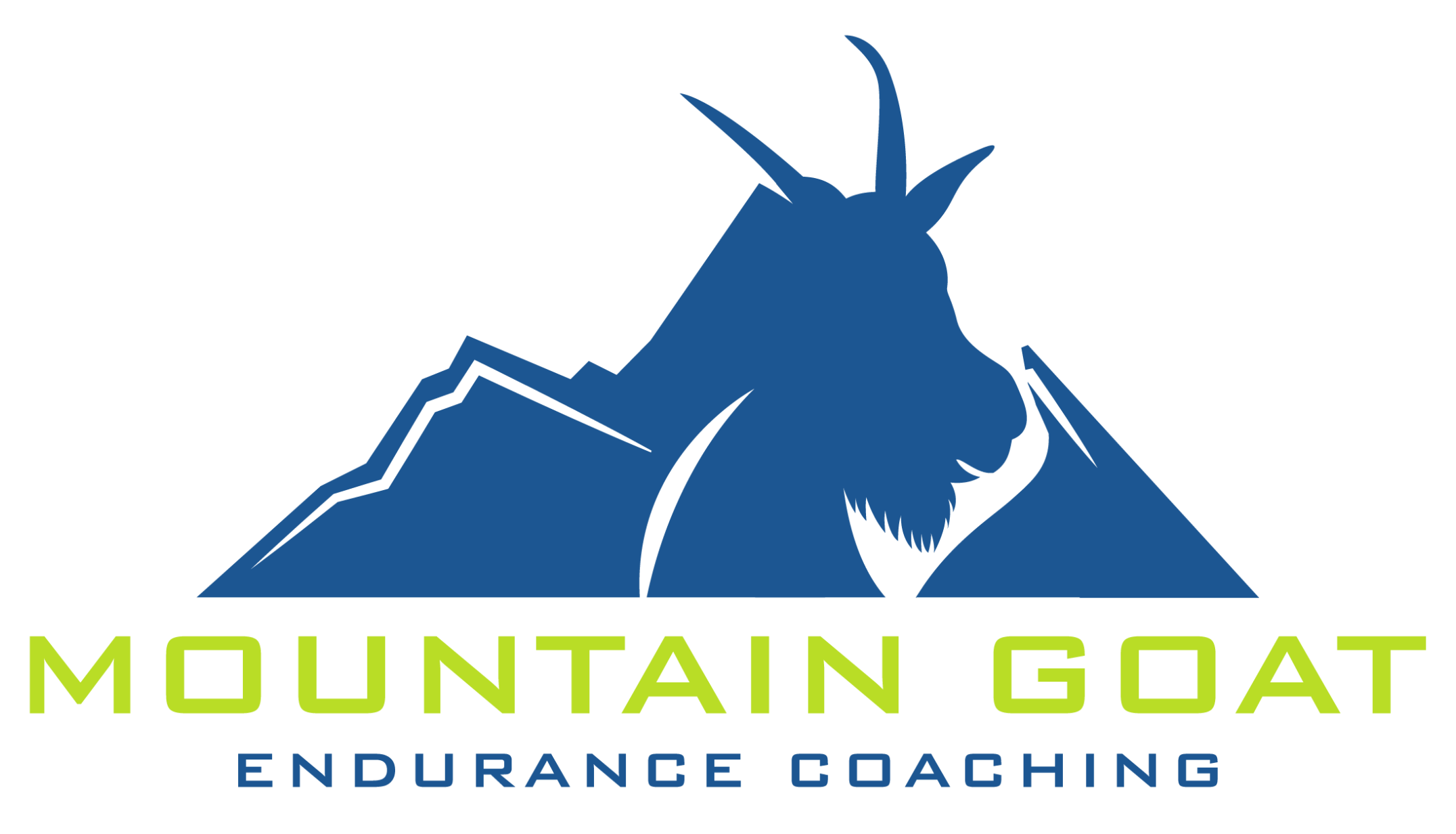Things aren’t always as they seem.
When it comes to training, a lot of things that seem like the right choice will often lead you down the wrong path.
For example, did you know eating carbs can actually lower your blood sugar in the long run?
I’m not a dietitian, so I’m not going to get into the weeds here.
If you want that, go listen to someone like Kylee Van Horn and she can tell you all about it.
But for active people, we can actually see improved blood markers – everything from blood sugar to cholesterol – if we actually eat more.
So all those months I spent messing around with the keto diet…
All those years I spent doing some form of intermittent fasting…
It all probably helped to contribute to my shitty cholesterol rather than help improve it (like I thought I was doing).
Turns out, as a highly active human, the bowl of oatmeal with berries and nuts I’m eating right now is doing a lot more good than waiting until the afternoon to eat.
I see the same thing when it comes to movement.
As a personal trainer, I don’t only work with people trying to run faster and farther.
I also work with a lot of people who primarily want to get stronger and move better.
Now, what are the two most common things I see in that population?
They don’t move very much and they’re in some sort of chronic pain.
Now here’s the thing…
Moving more is usually the key to relieving their pain and getting healthier.
We see outsized health benefits for people who move at least 7500 steps per day.
We also see progressive improvements until that number – meaning people who take 3000 daily steps do better than people who take 2000 and people who take 5000 daily steps do better than people who take 3000.
Then the benefits on mortality seem to level off around 7500.
So for all of the people I train who come to me who are barely moving more than 3000 steps on a daily basis, the best advice I can give them is to move more.
Problem is…
It often hurts to move.
So the problem is also the solution.
They don’t want to move because it hurts, but ultimately moving more is what’s going to help reduce their pain and help them live longer.
So we make slow, progressive goals to increase movement while building strength.
And after some time, the pain starts to get a lot better.
Which leads to them moving more.
The cycle works in both directions.
They often think it was some sort of witchcraft supplement they bought at the store…
Which maybe.
I don’t know.
But it was probably the movement and the strength training.
And I see the same kind of thing when it comes to injured athletes.
When something hurts, we usually avoid moving it.
In some instances, that’s absolutely the right call.
Broken bone?
Leave that thing alone.
But a lot of the time we end up avoiding the exact thing that’s going to lead to long-term relief.
If you hurt your Achilles tendon, what’s the first thing you should do?
Rest for a couple days.
Tendons don’t adapt quickly – that’s usually how we end up injuring them.
We do too much too fast and while our muscles are adapting just fine, we don’t give our tendons time to catch up.
So yes, rest is a good idea.
It’s also not a permanent solution – at least if you eventually want to get back to doing the activity you were trying to do.
You can’t just rest your Achilles tendon and expect it to get stronger.
You actually have to train it in a way that will lead to long-term adaptations and strength.
Yet when an athlete gets injured, they usually just avoid that movement.
Sometimes it’s a conscious decision…
I’ve had plenty of people who came to me with shoulder injuries who felt pain when pressing something over their head.
As a result, they’ve avoided that movement for years.
When I ask them “Would you rather it just… not hurt?” they never even seemed to realize that was an option.
And sometimes it’s unconscious….
I’ve lost count of the amount of people who fucked up their calf and also have hip issues.
They often don’t even realize there’s a connection.
Yet when you can’t use your Achilles very well, your gait gets all wonky and something else tends to get injured as a result.
(It can also happen in the opposite direction…)
But what’s the answer to train the Achilles?
Heavy calf raises.
Depending how injured it is, we might start with light isometrics or some sort of body weight movement, but ultimately we want to start loading it heavy and in a full range of motion.
That’s what’s really going to help build the muscle and the tendon in a way that will lead to long-term success.
Yet we rarely get that far.
Why?
Because it hurts.
So instead, we just avoid it (sometimes unconsciously) until we start feeling pain somewhere else.
Then we have two injuries.
The human body is complicated.
The “obvious” choice isn’t always the answer.
Sometimes, you absolutely need to rest.
Others, we need to figure out how to train properly and actually fix our injuries rather than just continuing to avoid them.
And unless we’re looking at a broken bone or a very fresh injury, some kind of movement is usually part of the answer.
If you’ve been avoiding an injury and would like to finally talk about making it better, I’d be happy to help.
